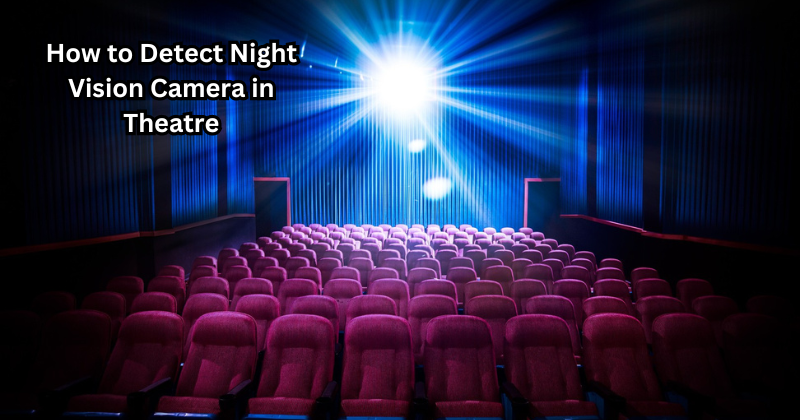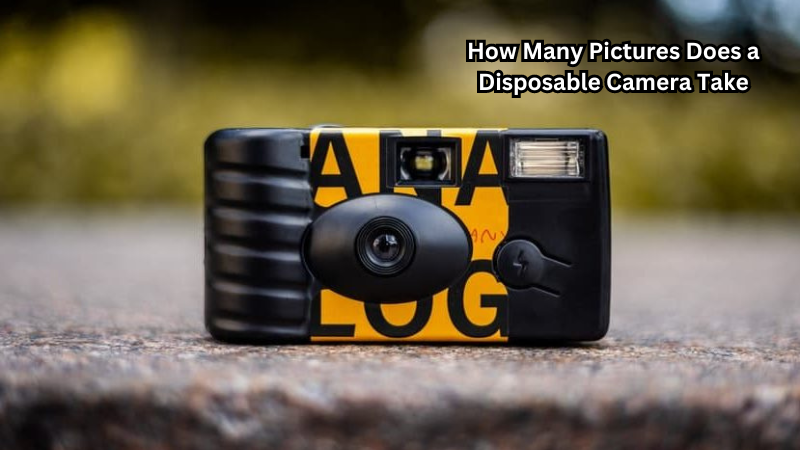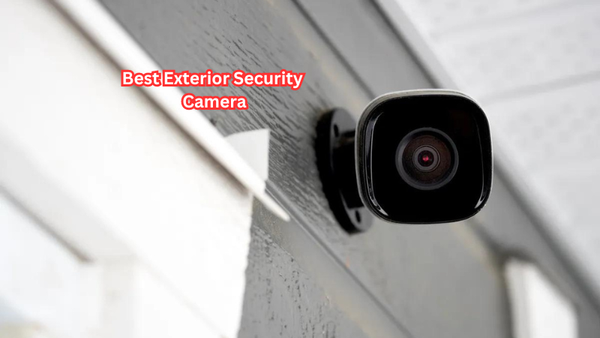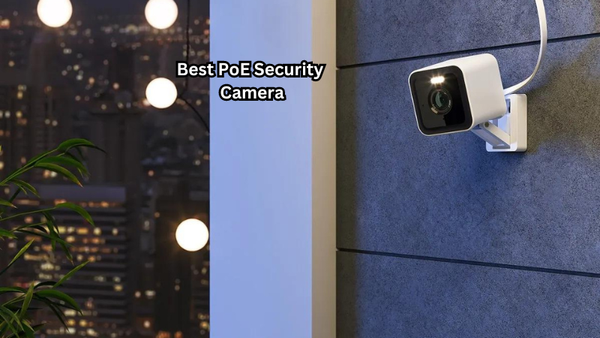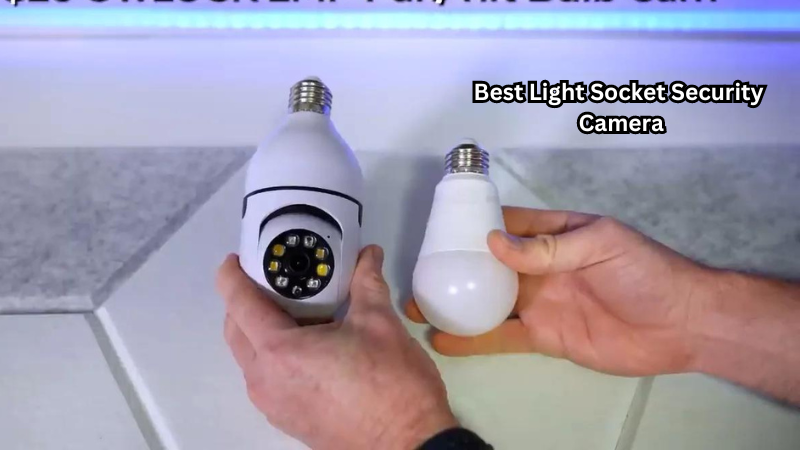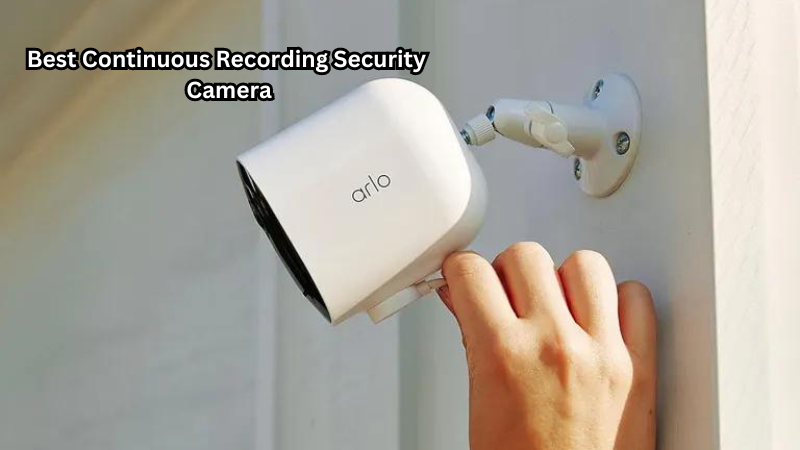Worried about hidden cameras in theaters? Learn how to detect night vision camera in theatre effectively. This guide will show you practical ways to spot these devices, including looking for infrared light, checking for typical camera housings, and using detection apps.
Key Takeaways
- Night vision cameras in theaters use infrared light to capture footage in low-light conditions, enhancing security and customer service.
- You can detect night vision cameras by using your phone’s camera to spot infrared light, looking for dome-shaped cameras, or using camera detection apps.
- It’s important to be aware of privacy laws and ethical implications; theaters must balance security with respecting patron privacy, only placing cameras in public areas and properly managing footage.
Introduction
Leading American movie theater chains like AMC, Regal Cinemas, and Cinemark commonly use security cameras within their premises. The primary reasons for installing these cameras include:
- deterring piracy
- ensuring audience decorum
- preventing violence
- documenting emergencies
These cameras are not just about security; they also enhance customer service by providing insights to optimize operations, such as effectively staffing the concession stand during peak hours. Moreover, they ensure employees adhere to guidelines and professional conduct.
Movie theater cameras significantly enhance safety, security, and the overall functionality of the cinematic experience. Infrared cameras, in particular, can record clear footage in low light or dark conditions by using infrared light that is invisible to the human eye. Most modern theater surveillance systems have built-in IR night vision capability, making them effective even in the dimly lit environment of a screening room.
Understanding Night Vision Cameras in Theaters
Night vision cameras are a critical component of the security systems in most movie theaters. These security cameras, often equipped with a night vision camera feature, utilize infrared light to capture clear footage in low-light conditions, making them perfect for the dark environments of screening rooms.
Night vision capabilities are frequently incorporated into the security cameras of leading American theater chains like AMC, Regal Cinemas, and Cinemark. These cameras are typically placed in public areas like lobbies, corridors, and occasionally inside screening rooms, though never in private spaces like bathrooms.
The purposes of installing these cameras are varied. They serve to deter illegal activities such as movie piracy, ensure the safety and orderliness of audience behavior, and provide documentation during emergencies.
By enhancing security and customer safety, these cameras play an essential role in the overall movie-going experience. Grasping the functions and locations of night vision cameras paves the way for their detection.
Signs of Night Vision Cameras in a Movie Theater
Spotting night vision cameras in a theater can be a bit of a challenge, but there are several telltale signs to look out for.
Night vision cameras are frequently positioned in corners or high-traffic areas and can be hidden inside dome-shaped casings. This helps to provide optimal surveillance coverage without being easily spotted.
Notices, posters, or warnings indicating surveillance operations can also be indicators of their presence. Additionally, websites and ticket purchase portals that highlight the theater’s security policies often provide clues.
We will now explore three specific techniques for identifying these cameras.
Look for Infrared Light
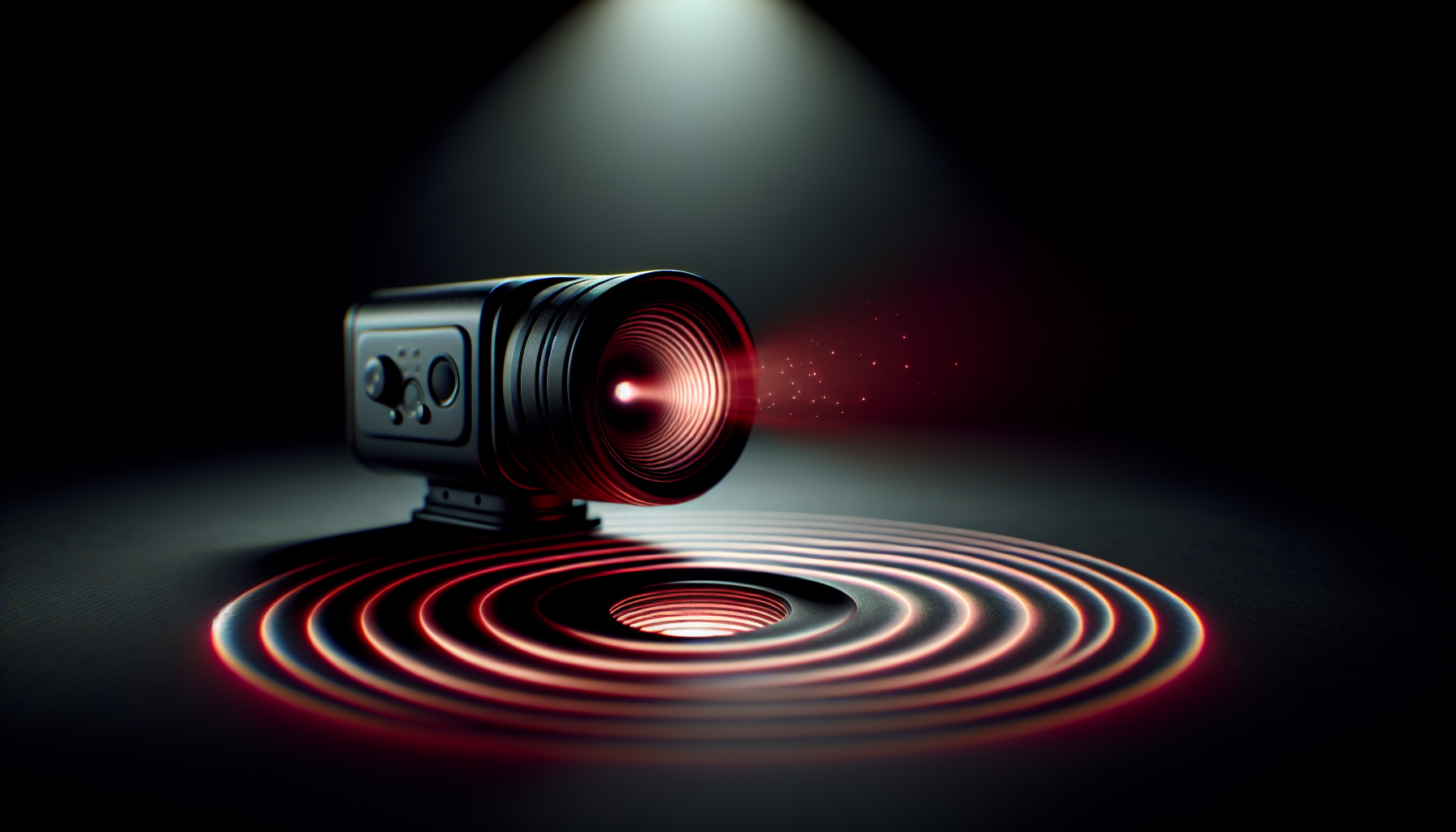
Searching for infrared light is a reliable method of detecting night vision cameras, including infrared night vision cameras. Infrared cameras in theaters can record clear footage in low light or dark conditions by using infrared light that is invisible to the human eye. However, this infrared light, although invisible to us, can be detected using mobile phone cameras. Night vision cameras emit a faint red glow that can be seen in dark environments.
To spot this infrared light, simply use your mobile phone camera in a darkened room. Point the camera around and look for any bright white or violet spots on your phone’s screen. These spots are the infrared light emitted by night vision cameras. This method is not only simple but also highly effective, making it a handy tool for detecting hidden surveillance.
Check for Dome Cameras
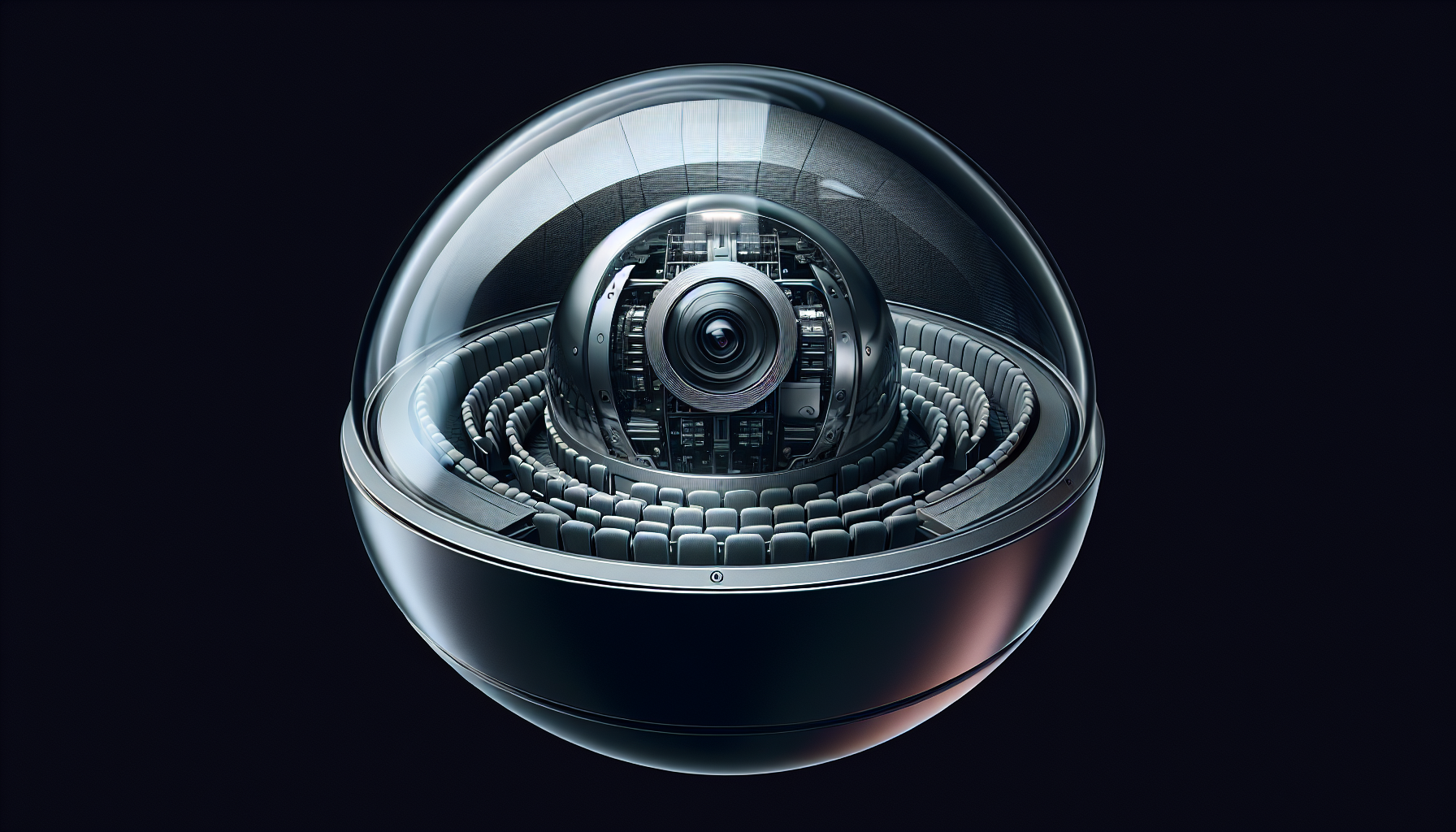
Owing to their 360-degree room coverage, dome cameras are commonly found in theaters. These compact, hemispheric cameras can monitor large areas effectively, making them ideal for high-traffic zones. The dome shape also makes it difficult to pinpoint their exact line of sight, adding to their stealthy nature.
Typically, these cameras are ceiling-mounted and placed high to capture the entire audience’s view. When scanning for dome cameras, look for dome or bullet-shaped devices in corners or along the ceiling. These are common enclosures for surveillance cameras and a good indicator of their presence.
Use a Camera Detection App
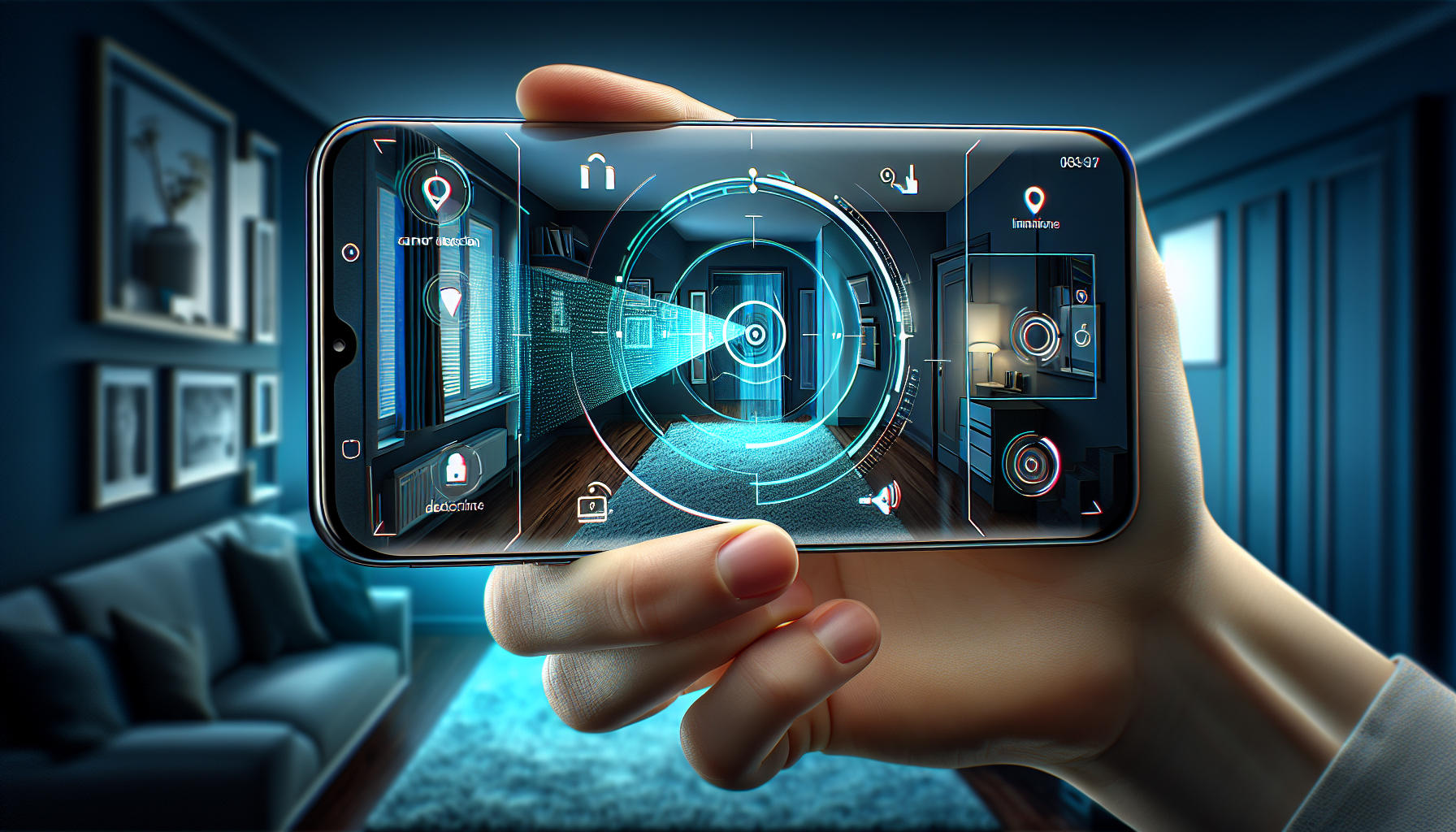
In today’s smartphone era, applications exist for a wide range of purposes, including the detection of hidden cameras.
Camera detection apps work by detecting the infrared (IR) light emitted by night vision cameras, which is invisible to the naked eye but can be captured by smartphone cameras. Once the app detects IR light, it alerts the user to the possible presence of a hidden camera.
Several popular apps for detecting hidden cameras include ‘Hidden Camera Detector’ and ‘Glint Finder’. These apps are easy to use and can significantly enhance your ability to spot hidden night vision cameras in theaters. Simply download one of these apps, follow the instructions, and scan the area for any IR light sources.
Using Technology to Detect Night Vision Cameras
Beyond traditional visual inspection, technology provides several advanced methods for detecting night vision cameras.
These methods include using IR detection devices, the flashlight technique, and the mobile phone camera test. Each of these techniques leverages different aspects of technology to help you identify hidden cameras more effectively.
IR Detection Devices
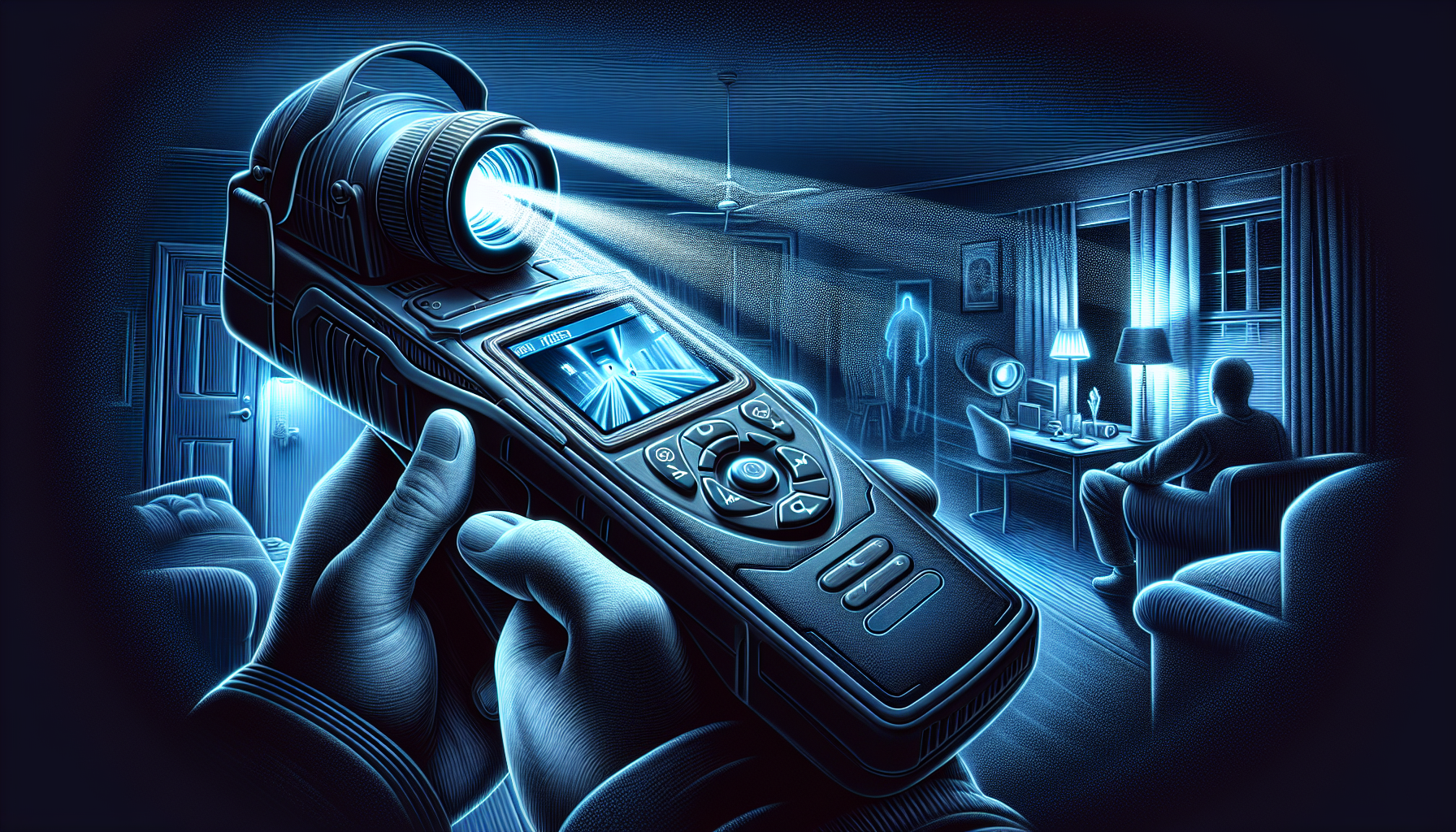
Infrared detection devices are purpose-built to detect the invisible IR light emitted by night vision cameras. These handheld devices can scan areas for the presence of infrared light, often employed in security sweeps.
When they pick up infrared signals, they alert the user, making it easier to locate hidden cameras.
Advanced IR detection devices can differentiate between legitimate infrared sources, like those from remotes, and those from night vision cameras. This makes them highly effective for detecting hidden surveillance in theaters. These devices are a valuable tool for anyone serious about security and privacy.
Flashlight Technique
A simple yet effective method to detect hidden cameras is the flashlight technique. By shining a bright flashlight in a dark room, you can identify camera lenses by their reflective properties. Camera lenses will reflect light back, revealing their location.
To use this technique, follow these steps:
- Bring a powerful flashlight to the theater.
- In the dark, shine the flashlight around and look for unusual reflections or glints of light.
- These reflections are often indicative of camera lenses, making this a straightforward way to spot hidden surveillance.
Mobile Phone Camera Test
Smartphones can prove useful in detecting infrared light from concealed cameras. Most smartphone cameras can pick up IR light, which appears as a purplish-pink or purplish-blue spot on the screen. To perform this test, simply use your phone’s camera to scan a dark room.
Look for bright spots or shining objects on your phone’s screen, as these indicate active cameras with IR lighting. Using the front-facing camera, which often lacks an IR filter, can make it even easier to spot IR light sources. This method is both convenient and effective, making it a great option for theatergoers concerned about surveillance.
Physical Inspection Techniques
In addition to technological tools, hidden cameras can also be detected through physical inspection techniques. This involves scanning high-traffic areas, observing suspicious objects, and directly asking theater personnel about surveillance practices.
Each of these methods provides a different angle to uncover hidden cameras.
Scan High-Traffic Areas
High-traffic areas in many movie theaters include:
- entrances
- exits
- hallways
- lobbies
Public spaces and commercial establishments are prime locations for both surveillance cameras and CCTV cameras. These areas are specifically targeted to monitor people coming and going, making them hotspots for having security cameras installed.
When scanning these areas, look for cameras concealed within dome-shaped casings, often placed in corners. Additionally, the lobby and ticketing sections are common places for surveillance, so be sure to inspect these areas carefully.
Observe Suspicious Objects
In the process of installing security cameras, it’s essential to be aware of hidden cameras that are often concealed within objects that seem out of place or unusually positioned. Examine any odd-looking fixtures or decorations on walls and ceilings for possible surveillance devices. Objects such as smoke detectors or sprinkler heads can sometimes house cameras.
Unusual wiring or cables could also indicate a hidden surveillance device. Being aware of these suspicious objects can help you detect potential cameras and stay informed about the theater’s surveillance practices.
Ask Theater Personnel
A direct way to learn about a theater’s surveillance practices is through querying the staff. Inquire with theater personnel, such as managers, ushers, or cleaners, about their security measures. Staff members are usually informed about the camera placements and can provide valuable insights.
Approach staff during non-peak hours to increase the chance of getting helpful information. Being polite and non-accusatory can make them more willing to share details about the theater’s surveillance practices.
Legal and Privacy Considerations
Surveillance cameras in movie theaters are generally legal in public spaces such as lobbies and corridors. However, the legality and ethical implications of such surveillance must be carefully considered.
Next, we will examine the privacy laws and ethical considerations related to the use of surveillance cameras in theaters.
Privacy Laws
Privacy laws determine where surveillance cameras can be placed within a theater. It is legal to have cameras in publicly accessible areas of a movie theater. However, privacy laws generally prohibit placing cameras in areas where individuals have a reasonable expectation of privacy, such as:
- Bathrooms
- Changing rooms
- Dressing rooms
- Private offices
Under U.S. law, video surveillance in public spaces like theaters does not typically require explicit consent if signage is provided. Be sure to check local laws regarding surveillance in public places to ensure compliance with privacy regulations.
Ethical Implications
Ethically, theaters should balance security needs with respecting patron privacy. Cameras are often positioned in inconspicuous locations, making them difficult to spot with the naked eye.
This helps to ensure that they can effectively monitor the area without being easily detected. The footage is only accessible by authorized personnel, and software may blur customers’ faces in the footage.
The footage is typically deleted after 30 days unless it is required for an investigation, ensuring data is not retained unnecessarily. This policy helps to maintain privacy and security of the recorded materials.
These ethical considerations are crucial to maintaining trust between theaters and their patrons. Disclosing the presence of surveillance can help mitigate potential privacy concerns and ethical dilemmas.
Enhancing Personal Security in Theaters
Enhancing personal security in theaters involves making smart choices about where to sit and staying informed about the theater’s surveillance policies for security and safety purposes.
Next, we will offer practical advice on intelligent seat selection and remaining informed about theater security practices.
Choosing Seats Wisely
Selecting seats near the center of the theater provides a better view while minimizing the risk of being observed from behind. Choose seats in rows with higher occupancy to blend in with the crowd and reduce individual attention.
Sitting on the aisle provides greater mobility and facilitates a quicker escape if needed. Seats in ‘separator rows’ with more legroom can also be advantageous for rapid movement and comfort.
Staying Informed
Stay informed about the theater’s surveillance policies by checking their website or contacting customer service. Review theater policies on surveillance and security measures before attending.
Reading reviews and forums online can also provide insights into other patrons’ experiences with surveillance in specific theaters. Staying informed about theater policies regarding surveillance can help you ensure your privacy and security.
Summary
Navigating the world of theater surveillance might seem daunting, but with the right knowledge and tools, you can easily stay informed and secure.
From understanding the various types of night vision cameras used in theaters to employing practical detection techniques, we’ve covered a comprehensive guide to help you spot these hidden eyes. Remember to look for infrared light, check for dome cameras, and use detection apps as your first line of defense.
Lastly, always consider the legal and ethical implications of surveillance. While these cameras serve important security and safety purposes, balancing them with privacy rights is crucial.
By choosing your seats wisely and staying informed about theater policies, you can enhance your personal security and enjoy your movie-going experience with peace of mind.
Frequently Asked Questions
How can I detect night vision cameras in a movie theater?
Look for infrared light using your mobile phone camera, check for dome cameras, and use camera detection apps to spot night vision cameras in a movie theater. These methods can help you ensure your privacy and security.
Are night vision cameras legal in movie theaters?
Yes, night vision cameras are usually legal in movie theaters, except in private spaces like bathrooms. So, feel free to use them for your movie-making project!
Can I ask theater personnel about their surveillance practices?
Absolutely, feel free to ask theater staff about their surveillance practices. Just approach them politely and inquire about their camera placements and policies to get more information on the matter.
How do privacy laws impact the use of cameras in movie theaters?
Privacy laws generally allow the use of cameras in public areas, but they prohibit their use in places where privacy is expected, like bathrooms or changing rooms. This impacts the use of cameras in movie theaters because they are considered public areas.
